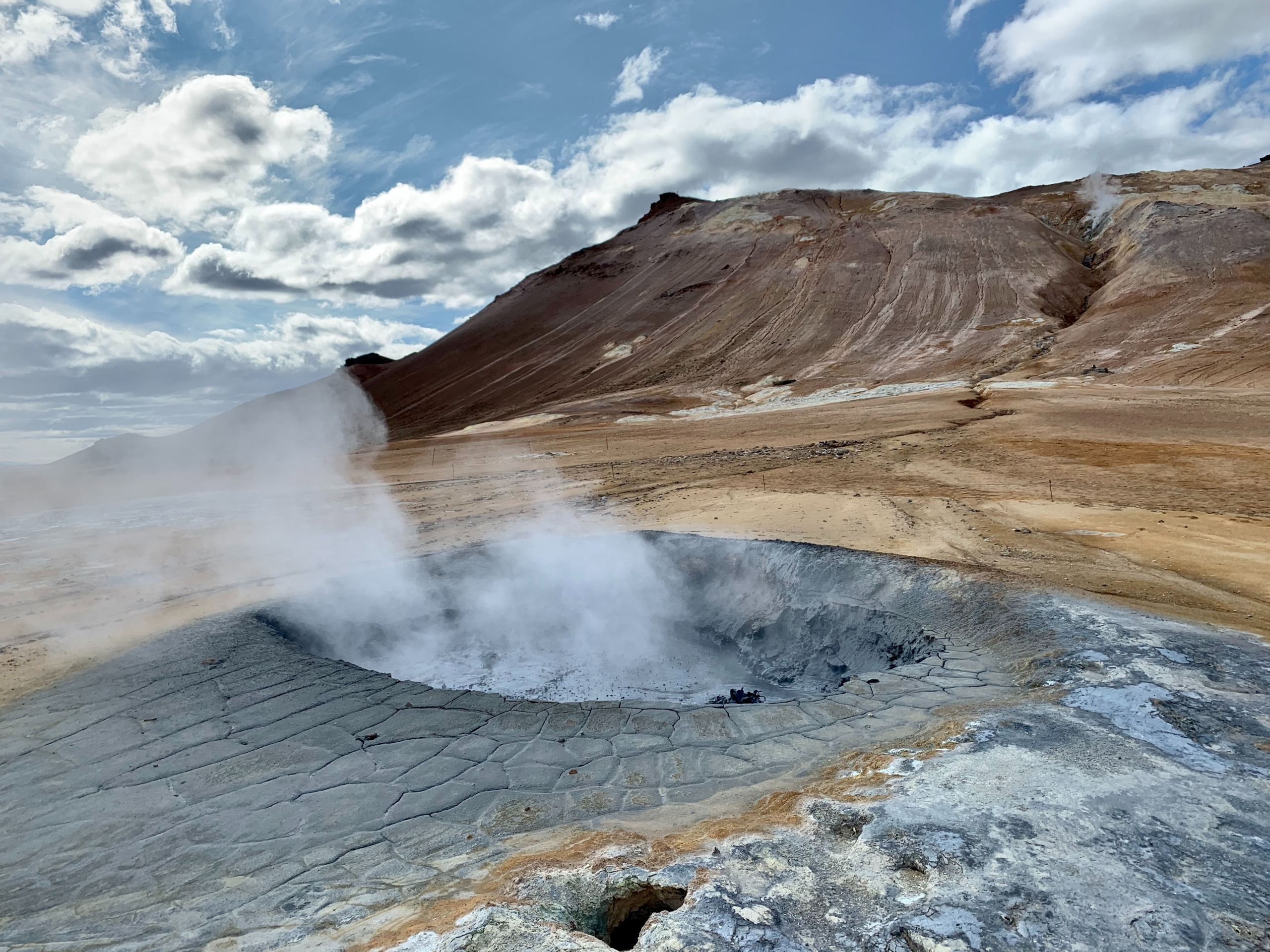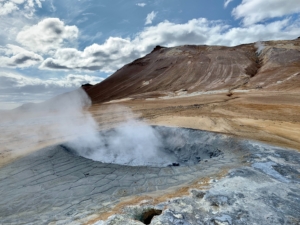This article is also available in Japanese:日本語でも読めます
While countries such as Indonesia or Kenya have been able to harness geothermal energy by taking advantage of their unique geological characteristics and implementing supportive policies and strategies, Japan, despite having the third largest potential capacity, has made little effort to seize this opportunity.
Why is this, and is there any potential for Japan to close this gap and meet its 2050 net-zero target?
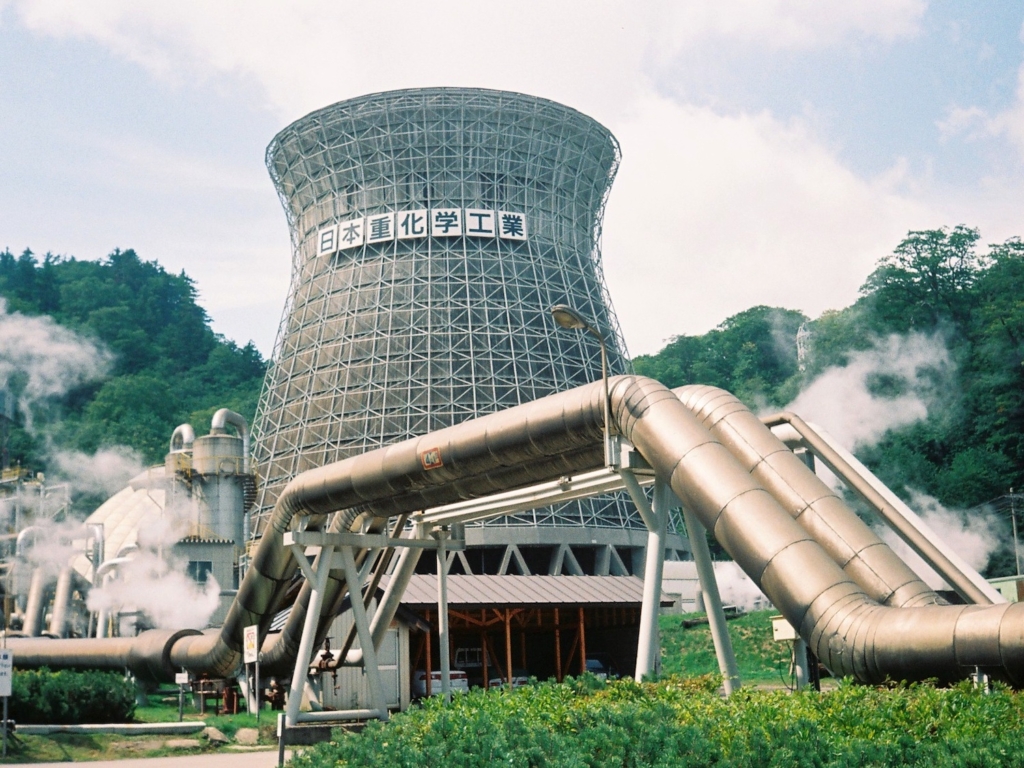
What is geothermal energy?
Geothermal energy harnesses heat from the Earth’s interior by drilling deep into hot rock formations. The heat is transferred to a fluid that is brought to the surface, and this high-temperature fluid is used to produce steam, which drives turbines connected to generators to produce electricity.
Geothermal energy has several attributes that make it an attractive option for supporting Japan’s goals of achieving net-zero emissions and energy self-sufficiency:
- As it harnesses earth’s inner heat, it is a renewable energy source
- Geothermal power plants can operate as baseload power sources, like nuclear power plants and provide a steady and continuous supply of electricity.
- This stability in power supply helps ensure grid stability and reduces the need for backup power sources.
These attributes are particularly valuable as Japan seeks to integrate more intermittent renewable sources such as solar and wind into its energy mix.
What is Japan’s potential and how could it support Japan towards Net Zero?
Japan’s position on the Pacific Ring of Fire provides it with tremendous geothermal energy potential.
With over 100 active volcanoes, Japan’s estimated reserves, which are only slightly less than those of the United States and Indonesia, are 23 gigawatts equivalent to the output of 23 nuclear reactors.
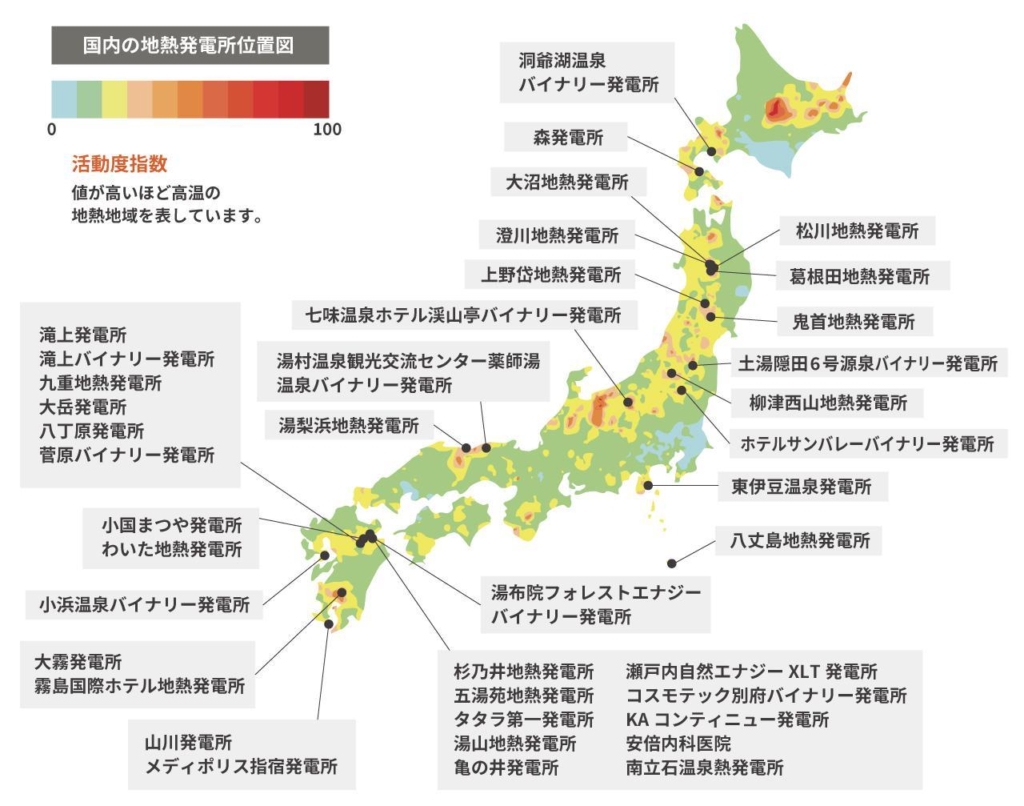
However, only 0.3% of the nation’s power is now generated by geothermal sources.
Surprisingly, Japan was a geothermal energy pioneer, building the first significant commercial geothermal power plant in 1966. Operators installed approximately a dozen more in the next decades, including one near Yuzawa, but since the 1990s, Japan has added very little geothermal capacity.
Toshiba and Mitsubishi, which now rule the worldwide market for geothermal turbines, are also based in Japan. But just a small portion of their business is done from home.
What are the bottlenecks preventing Japan from harvesting more geothermal energy?
1. Onsen Lobby
The main obstacle to geothermal growth is Japan’s extensive onsen (hot spring) sector. The Onsen sector opposes geothermal plants as they believe it would significantly damage the pools although many geologists believe this is unlikely as Onsen are typically filled by much shallower water deposits (aquifers) than the geothermal reservoirs that power companies are chasing. The Japan Onsen Association, a major industry organization is especially vocal about it. Japan’s 3,000 hot-spring resorts often refuse to grant permission for further development.
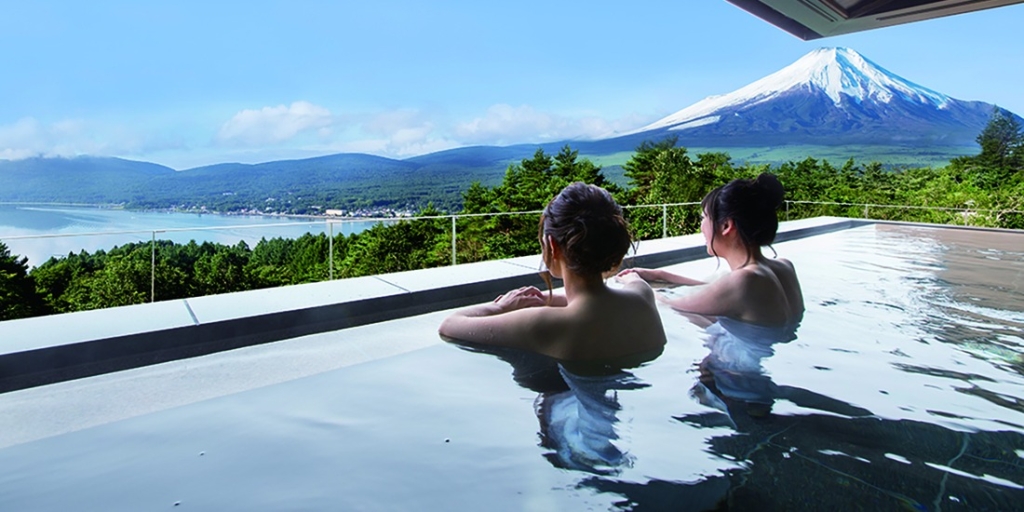
2. Regulatory and Permitting Processes
Around 80% of the potential geothermal sites in volcanic Japan are in national parks. The environment ministry has long resisted large-scale development in these areas to protect the landscape and ecosystems.
Local governments in Japan have also lately imposed a new set of limitations.
Kusatsu, an onsen town north of Tokyo, approved a law last year requiring developers seeking municipal clearance to demonstrate that a geothermal project will not negatively impact local hot springs – a challenging obstacle to overcome. Oita, the prefecture with the most onsen in Japan, has extended a no-drilling zone in Beppu, the country’s onsen capital.
3. Resource Exploration
There are other obstacles to geothermal development. Japan has many mountains. Layers of hard rock make up its very complicated underground geology, making it difficult to drill through.
How new models and new technology could support its development?
Japanese government recently set stronger targets to increase renewables in the power mix to 38% by fiscal 2030.
The Japanese government, which aims to triple the country’s geothermal capacity by 2030, has tried to pave the way for more projects by opening up geothermal development in national parks and speeding up environmental assessments.
If Japan were to develop all of its conventional geothermal resources for power generation, it could provide about 10 per cent of Japan’s electricity, according to the Institute for Sustainable Energy Policies in Tokyo.
1. Synergistic Onsen and Geothermal power plant
Recently, there are several examples:
Tsuchiyu Onsen and a small geothermal plant coexist in Fukushima Prefecture.
The facility employs binary cycle geothermal power generation, which drives the turbines using working fluids that have a lower boiling point than water, such as ammonia or certain hydrocarbons.
Electricity sales from the plant currently subsidize free local bus transportation for children and the elderly, as well as allowing the community to restore dilapidated buildings and assist local artists.
And the plant’s additional hot water has generated a new tourist attraction: a tiny colony of huge freshwater prawns that visitors can capture and grill.
Another interesting example is the Sansui Geothermal Power Plan in Kyushu. Developed in partnership with Furusato Power Generation and the Sansui Hot Spring Inn, the Sansui Geothermal Power Plant will produce 350 MWh annually, equivalent to the annual electricity consumption of approximately 100 households.
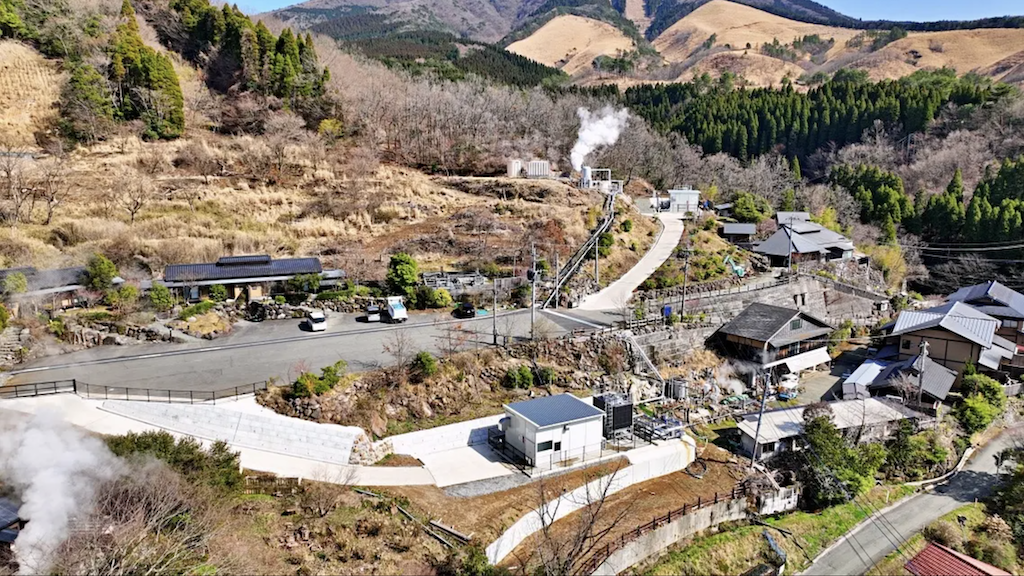
The electricity generated by the new plant will be sold to Kyushu Electric Power under a feed-in tariff mechanism. Surplus hot water will be supplied to the Sansui Hot Spring Inn for use as bathing water in its hot spring operations.
Phase two of the project will produce 700MWh of power annually, doubling the total power output of the facility.
With the necessary low- to medium-temperature geothermal resources widely distributed throughout the country, small-scale binary plants are compact and can be built in as little as a year. Japan has great potential to develop this energy source if the Onsen Association stops opposing projects.
2. Simpler regulations / permits
The government has lifted some restrictions in recent years, allowing authorities to research options in national parks, where 80% of geothermal resources are found.
3. New technologies allowing Geothermal exploitation in non-touristic or protected areas
A technology, coined EGS, Enhanced Geothermal Systems significantly broadens the spectrum of geothermal energy-capable sites.
EGS consists of injecting fluids inside the ground to create fractures deep in the crust and “enhance” the permeability of the soil allowing to “exploit” geothermal energy in new areas.
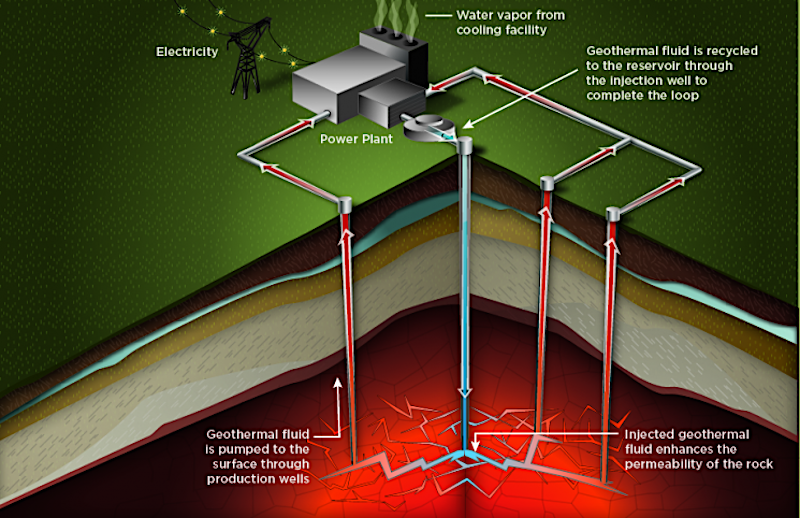
While EGS has been in R&D since the 1970s, there has recently been significant progress in this field in the USA. A startup Fervo Energy was able to successfully demonstrate for the first time that EGS could be done on a commercial scale. They recently (07/23) commissioned a demonstrator site delivering 3,5MW peak in Northern Nevada and are planning to repeat on a south Utah site to reach 400MW peak by 2028.
This technology could be a game changer for Japan as it would allow to commission geothermal power plants further from existing Onsen areas / national parks.
Conclusion
Japan can learn from countries such as Indonesia or Kenya, where a significant proportion of electricity is now generated from geothermal power. For example, Indonesia generates 5% of its mix from geothermal and Kenya generates around 40%.
Japan could make significant progress towards achieving net-zero emissions and energy self-sufficiency, while stimulating economic growth and job creation.
However, public opinion must change and the government must follow.
Positive, synergistic initiatives such as Tsuchiyu or Sansui could help….
30 locations will be considered in a new government-funded exploratory phase managed by the Ministry of Economy, Trade, and Industry (METI).
METI, in charge of Japan’s energy policy, allocated $116 million (JPY18.3 billion) in the fiscal 2022 budget for the discovery and development of new geothermal sources, up from $80 million (JPY11 billion) in 2021. That’s a significant rise.
However, because it takes around eight years from the identification of a site to the start of geothermal power generation, Japan’s 2030 deadline is rapidly approaching.
To fully realize its geothermal potential, Japan will need to continue to invest in resource assessment, supportive policies and technology development to foster geothermal development. Technologies such as EGS should be investigated as it could unlock resources away from Onsen or national park areas.


